The upcoming introduction of the Caribbean guilder in Curaçao and Sint Maarten marks a significant shift in the financial landscape of these island nations.
Set to officially launch on March 31, 2025, the Caribbean guilder (Cg) will replace the Netherlands Antillean guilder (NAf), marking a significant step in the financial and economic independence of Curaçao and Sint Maarten. While much discussion has focused on the design and security features of the new currency, this transition also reflects deeper economic, technological, and regulatory changes.
The decision to introduce the Caribbean guilder dates back to 2010, when Curaçao and Sint Maarten became autonomous countries within the Kingdom of the Netherlands after the dissolution of the Netherlands Antilles. At that time, it was agreed that both nations would form a monetary union, sharing a central bank and a single currency, the Caribbean guilder, to replace the Netherlands Antillean guilder, which was previously used across the former Netherlands Antilles.
The Caribbean guilder is legally pegged to the U.S. dollar at a fixed exchange rate of US$1 = 1.79 Caribbean guilder. Its exchange rate with the Netherlands Antillean guilder is 1:1, meaning both currencies hold the same value. The Caribbean guilder will officially enter circulation within the monetary union on March 31, 2025.
CURRENCY CODE AND SYMBOL: THE XCG & CG ADJUSTMENT
One of the lesser-discussed aspects of this transition is the shift in the currency’s designation: the currency code and the currency symbol. The Caribbean guilder was assigned the ISO currency code “XCG,”. The currency code is determined by the country and he currency according to ISO 4217. The first two letters of the ISO 4217 three-letter code are the same as the code for the country name, and, where possible, the third letter corresponds to the first letter of the currency name.
Article 3 of the Common Monetary System Regulations for Curaçao and Sint Maarten states that the currency symbol may be represented by the letters “CMg.” However, the Centrale Bank van Curaçao en Sint Maarten (CBCS) proposed adjusting the currency symbol to “Cg” to align more closely with the currency symbol and minimize confusion between the code of Curaçao en Sint Maarten. These adjustments underscore the complexities of currency standardization and the need for public clarity.
The name “Caribbean guilder” suggests it would be used across the region, but in reality, it is limited to Curaçao and Sint Maarten. This creates confusion and raises questions about future monetary integration. If it’s intended as a regional currency, why aren’t Aruba, Bonaire, Sint Eustatius, and Saba included? And if it’s only meant for Curaçao and Sint Maarten, why choose such a broad name?
MORE THAN A CURRENCY CHANGE: ECONOMIC IMPLICATIONS
The Caribbean guilder is more than just a change in banknotes; it represents a step toward greater monetary independence. In theory, having a local currency should give Curaçao and Sint Maarten more control over their financial policies and reduce dependence on foreign currency reserves.
It is also expected to enhance regional economic stability by providing businesses and consumers with a monetary system better suited to the islands’ needs. However, in practice, the effectiveness of these benefits remains uncertain, especially given the increasing regulations on correspondent banking and the rising costs of opening and maintaining a bank account. The outlooks are not particularly optimistic.
ENHANCED SECURITY FOR A DIGITAL AGE
Beyond traditional anti-counterfeiting measures, the Caribbean guilder’s coins and banknotes integrate advanced security features such as multi-ply plated technology, microtext, and UV-sensitive ink.
Additionally, the CBCS is leveraging digital tools, such as the “My Caribbean Guilder” app, to educate the public on authentication techniques to reduce the risk of money laundering. These advancements ensure the currency remains resilient in an era of increasing financial fraud.
PUBLIC AWARENESS AND ADAPTATION
A successful currency transition hinges on widespread acceptance and education. The CBCS has engaged in public outreach through various media channels to ensure that businesses and consumers are well-prepared. The phased rollout includes a transition period during which both the old and new currencies will circulate, allowing for a smoother adaptation process.
However, despite these efforts, the public information campaign seems to have failed to effectively engage the broader community. Based on my conversations with people from all walks of life in my circles, not everyone is on the same page. While businesses were well-informed (for the most part), the low—and middle-income population is not yet completely connected to the transition process.
The CBCS organized sessions at community centers, businesses, and their premises, yet these events were poorly promoted. Many residents were unaware of these sessions, and participation remained low. More targeted outreach through widely watched TV programs and popular radio shows could still significantly improve awareness, as the risk of increased money laundering during the transition period remains high.
MISSED MARKETING OPPORTUNITIES
Many households received only a single B5-sized brochure, printed double-sided in Papiamentu and English. Given the magnitude of this currency transition, a few pamphlets are insufficient to clarify the complexities of the new banknotes and coins. In an era of overwhelming information flow, CBCS needed to adopt a more engaging approach, perhaps interactive workshops, widespread intensive social media campaigns, or even collaboration with trusted community leaders to foster a sense of urgency and importance.
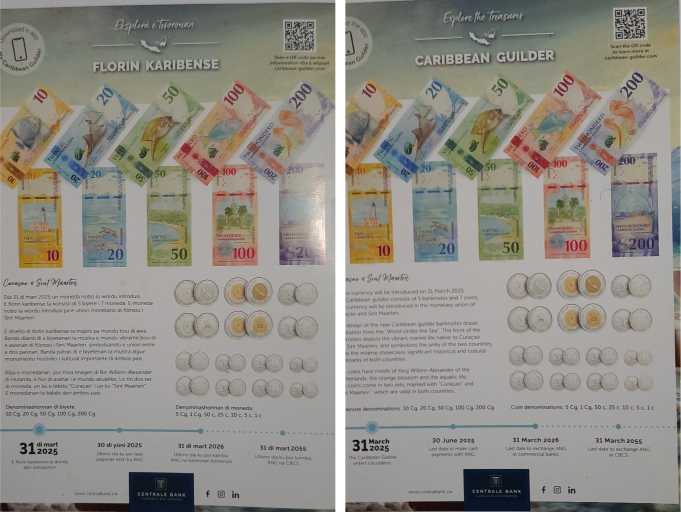
A significant investment was made in billboards and posters to promote the currency change, mirroring the large-scale investments in billboards and flags seen during election campaigns, where getting the people interested and involved was missing. However, just as in political campaigns, the real challenge was not visibility but connection. It seems that there is a disconnect in understanding the demographics of the people living in Curaçao.
We have a large population of the elderly and people who simply do not rush to technology to download an app just for the sake of downloading something. The marketing seemed to be more focused on the youth and businesspeople. A large part of it is left for the people to do their research, while it may seem good, we have to realize that this type of mentality is not that common in Curaçao. People are more accustomed to being spoon-fed information by the mainstream media.
The focus should have been on engaging with people directly, for example, having people call in during a radio interview to ask questions, address concerns, which more effectively ensures comprehension. More emphasis on grassroots efforts, community dialogues, and partnerships with local influencers with a wide reach would have made the transition feel more inclusive and relevant to everyday life.
It also would have helped to have a free marketing toolkit ready for stakeholders and the community to use to educate and promote. This would have simulated a grassroots movement that would have been more effective.
The lack of robust outreach highlights a fundamental issue: critical financial changes require tailored communication strategies that resonate with the general population, not just business stakeholders. In my opinion, the transition to the Caribbean guilder should have been framed as a national conversation rather than a regulatory adjustment.
FINAL THOUGHTS
While much focus has been placed on the design and security features of the new banknotes, the Caribbean guilder represents a larger effort toward economic modernization and regulatory clarity. However, the missteps in public outreach highlight that technical progress alone is not enough; public engagement and education are equally important. In many ways, the process felt rushed, and it shows, especially with the discussion surrounding the name and the currency code.
The change to “Cg” is far from a minor adjustment; it is a significant shift that could have serious consequences if not managed properly. This change goes beyond just rebranding, it impacts financial systems, regulatory frameworks, and public trust. Ensuring a smooth, well-communicated transition is crucial to maintaining confidence in the new currency.
The name itself also presents a challenge. If this is truly a “Caribbean” currency, why is its use limited to just Curaçao and Sint Maarten? Does this suggest plans for future expansion, or is it merely creating confusion? As these two territories begin this new financial chapter, the new currency has the potential to be a symbol of progress, stability, and regional identity, but only if its purpose and scope are clear and well understood. Continuous education is key to reaching clarity and understanding during this transition period.
For more information about the Caribbean guilder, visit its website: caribbean-guilder.com
Sources
Centrale Bank van Curaçao en Sint Maarten. (2024, January 5). Caribbean guilder to be introduced in 2025.
Centrale Bank van Curaçao en Sint Maarten. (2024, June 26). Caribbean guilder awareness campaign to start July 1.
Centrale Bank van Curaçao en Sint Maarten. (2025, March 29). CBCS confidently awaits the introduction of the Caribbean guilder.
International Organization for Standardization. (n.d.). ISO 4217 currency codes.


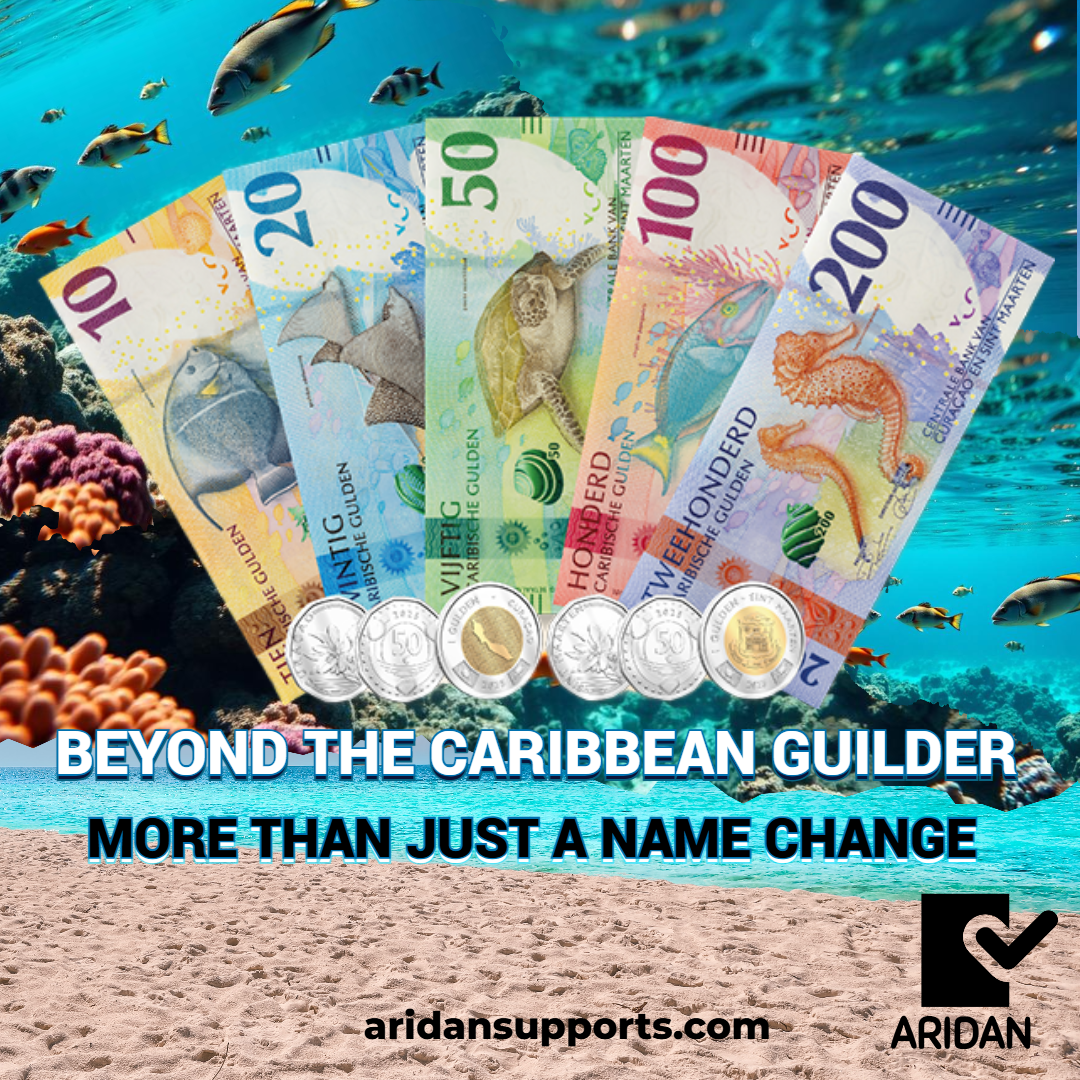

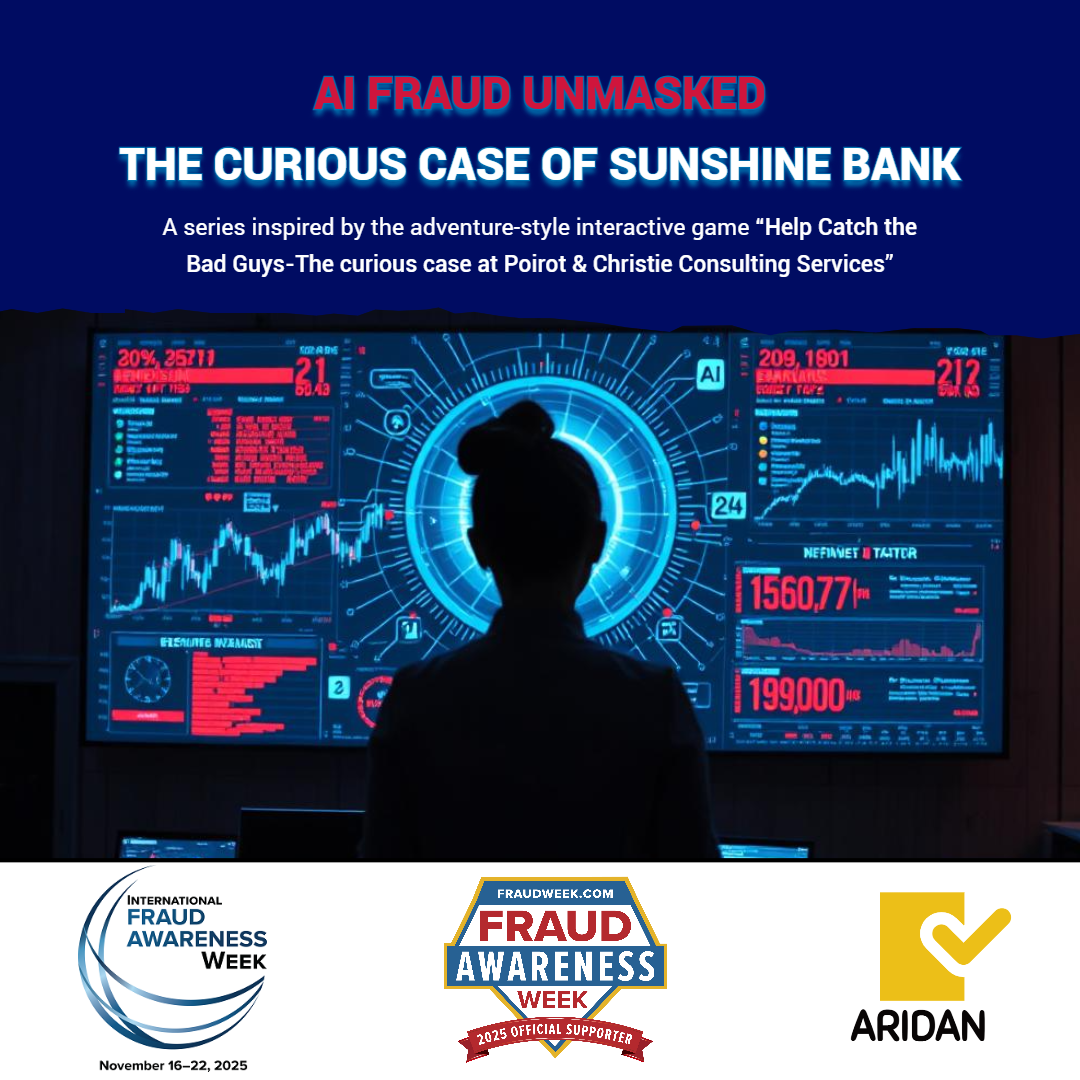

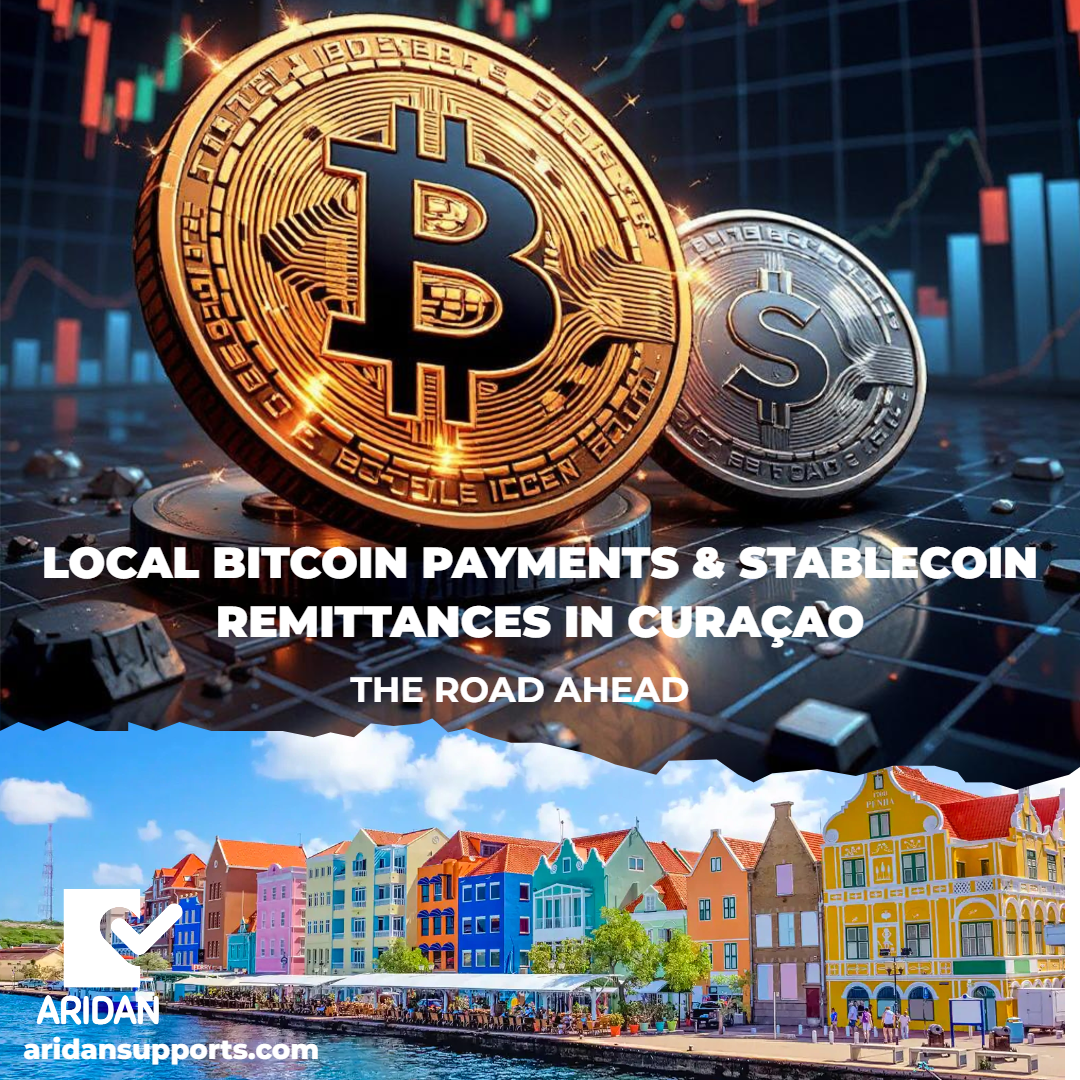
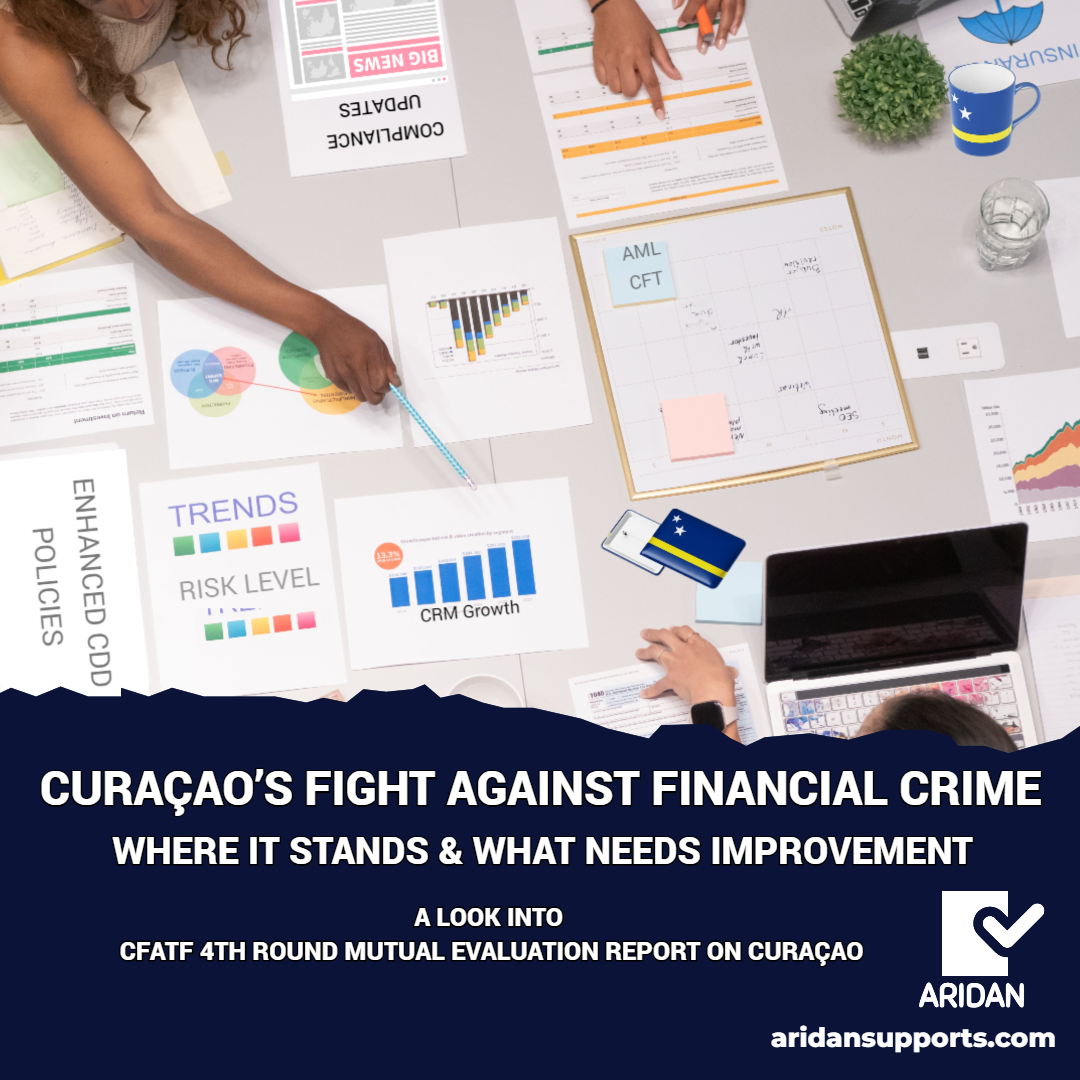
Leave a Reply